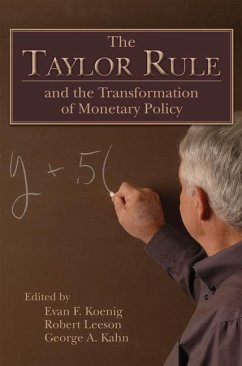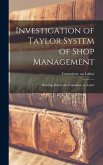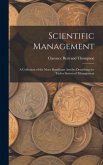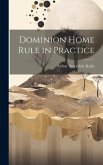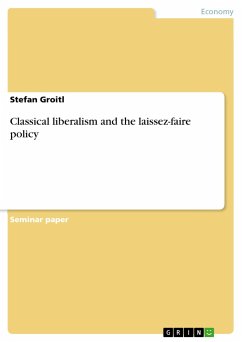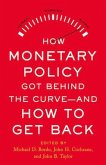In the late 1970s and early 1980s, John Taylor and a few others demonstrated that real-world rigidities, such as staggered wage and price setting, create an important role for stabilization policy even in economies where households and firms are forward-looking in their decision making and intelligent in forming their expectations. Taylor pioneered new ways of thinking about policy in such economies, showing how central banks can improve economic performance by adjusting short-term lending rates in response to resource slack and inflation. As the idea spread, financial analysts soon started writing newsletters to their clients about it. Policy makers started talking about it as they debated what to do next. Central banks in other countries began to apply it. Academics began to modify and refine it. People started calling it the Taylor rule. And before the 1990s were over, economists were able to show convincingly that policy decisions were remarkably close to it during periods of good economic performance and not so close to it during periods of poor economic performance. John Taylor's approach to macroeconomics and monetary policy has grown in popularity to the point that it has become dominant inside and outside the Federal Reserve System. It has also stimulated new research in the nuts and bolts of how labor and product markets work. In The Taylor Rule and the Transformation of Monetary Policy, a group of expert contributors from the academic and policy communities offer their views on John Taylor's revolutionary approach to monetary theory and policy. They first provide perspective, with a review of the history of policy rules in applied macroeconomic theory, and move on to show how Taylor helped bridge the gap between monetary theory and applied monetary policy when he showed that the set of activist feedback rules consistent with a well-behaved equilibrium includes certain interest-rate rules. From the Great Inflation of the 1970s through the Great Moderation of the 1980s and 1990s to the Great Deviation following the 2001 recession, the contributors analyze Taylor's influences on monetary policy around the world. Dividing his career between academia and government service, Taylor has demonstrated that it is possible to do important economic research that takes monetary policy's role in the economy seriously. This book provides the necessary vehicle for continuing to learn from him.
Bitte wählen Sie Ihr Anliegen aus.
Rechnungen
Retourenschein anfordern
Bestellstatus
Storno

